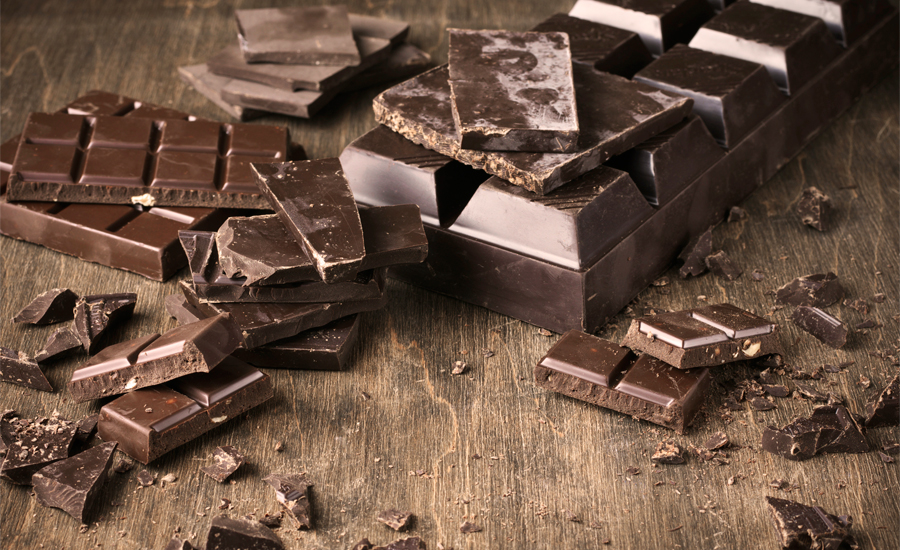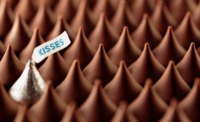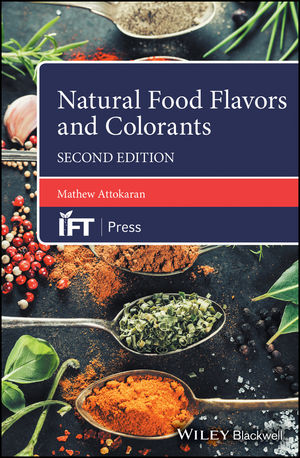Imagine: It’s 3 p.m., and you’re craving something to help you finish that report, which your boss wants on his desk by 8 a.m. tomorrow. What do think of?
If you’re answer was something highly caloric or included chocolate, you’re not alone.
New research, set to be published in the June edition of Appetite, shows those who crave snacks the most typically want an item that’s high in calories and/or contains chocolate.
The study, developed by four researchers with the University of Salzburg, asked 61 participants to complete a questionnaire measuring craving as a personal trait. For the following week, participants were asked to report snack-related thoughts, craving intensity and snack consumption at five times throughout the day.
“Food craving refers to an intense desire to consume a specific food and is regularly experienced by the majority of individuals,” the study’s abstract reads. “Yet, there are interindividual differences in the frequency and intensity of food craving experiences, which is often referred to as trait food craving.”
Results showed that 86 percent of reported snacks were highly caloric, with chocolate-containing foods being the most reported snacks. Participants who scored the highest on the questionnaire — meaning they inherently do the most snack craving — thought more often about high-calorie snacks than low-calorie ones. And, higher craving intensity was associated with more consumption of snacks in these participants.
However, there was no difference between high- and low-calorie snacks among participants who scored the lowest on the questionnaire, and they appeared to be less susceptible to intense food cravings. Furthermore, more snack-related thoughts were related to more frequent consumption of snacks, regardless of how participants scored.
In other words, those who have intense cravings or think about snacks are more likely to snack, and they’ll likely reach for something high in calories.
That’s important to note when planning diets, researchers say.
“Thus, trait-level differences as well as snack-related thoughts should be targeted in dietary interventions,” the abstract reads.











